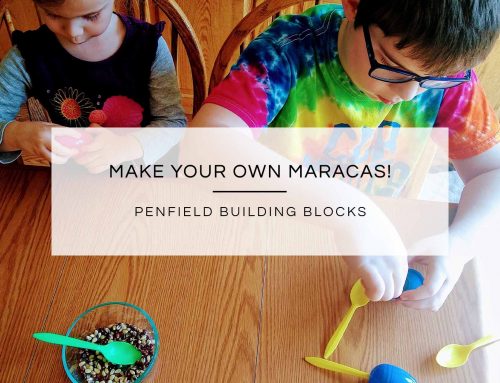By: Casey Parr, Community Outreach and Marketing Specialist, Penfield Children’s Center
There is nothing scarier than when your child gets hurt. Your role is to keep your child safe but still give them freedom to try things and sometimes that results in injuries. Bone breaks, otherwise known as fractures, are the fourth most common injury among children under age six. If a child has broken a bone, they will be in a lot of pain, the area will be swollen, and they will be unable or unwilling to move. Be careful, keep the child still, and consult a doctor. If the child has injured their arm but the injury is not open, you can use an impromptu stint such as a magazine under the arm to keep it from moving while you transport the child to the doctor. If the child has a broken leg or bone is showing, do not attempt to move them and instead keep them still and call 911.
Most fractures for children are classified as greenstick fractures where the bone breaks on one side because it has been bent. Children’s bones are more flexible than adults so they more often bend before breaking, which is called a bone bend. A torus fracture is where the bone is weakened but not broken. Complete fractures mean the bone breaks all the way through. Sometimes a child can break their growth plate which needs to be followed closely by a pediatrician.
In addition to the physical pain and damage breaking a bone causes for your child, there will also be some emotional things they will go through as a result of an injury. Here are some things to keep in mind as your child is being treated and healing.
Your child may not understand what’s happening. In an age-appropriate way, explain as much as you can about what your child can expect. For example, explain that you have to go to the hospital to check out the injury so a doctor can decide what to do next.
Your child will be very sore. Often with broken bones, children will experience swelling, bruising, and tenderness. They will have difficulty moving the affected area. Be patient with them as they adjust to completing tasks with the injury.
Your child might experience some emotional distress. Visiting a hospital can be scary for a child, especially if they have not visited one before. See how you can make follow-up doctors’ appointments fun so they don’t became a source of anxiety.
With broken bones, we typically envision a cast. However, sometimes doctors will elect to use a splint or brace. The main thing is to keep the broken bone from moving while it heals so that they can heal straight. Rarely, in more extreme cases, surgery will be required to heal.
Use this as an opportunity to teach responsibility. Explain to the child that how well they take care of the broken bone will impact how well it heals. Make sure the child eats a healthy diet that with plenty of calcium and vitamin D, takes good care of the cast/splint, and follow the doctor’s directions for rest or exercises.
Let them ease back into activities after injuries. Even after the child is physically healed, they may experience fear at doing activities similar to what caused the broken bone. It’s a good idea to encourage small steps but be sure to give them time and space. If you feel the child is experiencing excessive stress and anxiety post-injury, seek professional help.
Each injury will impact the child differently depending on the severity of the broken bone, the age and temperament of the child, and the healing progression. Be patient and open with the process and reach out to a doctor if you have concerns about any changes you see in your child’s behavior.
What are some ideas you have about how to help your child through a broken bone?
Sources:
https://kidshealth.org/en/parents/b-bone.html?WT.ac=p-ra
https://www.healthcaretoolbox.org/for-parents-and-children/worries-and-fears.html







